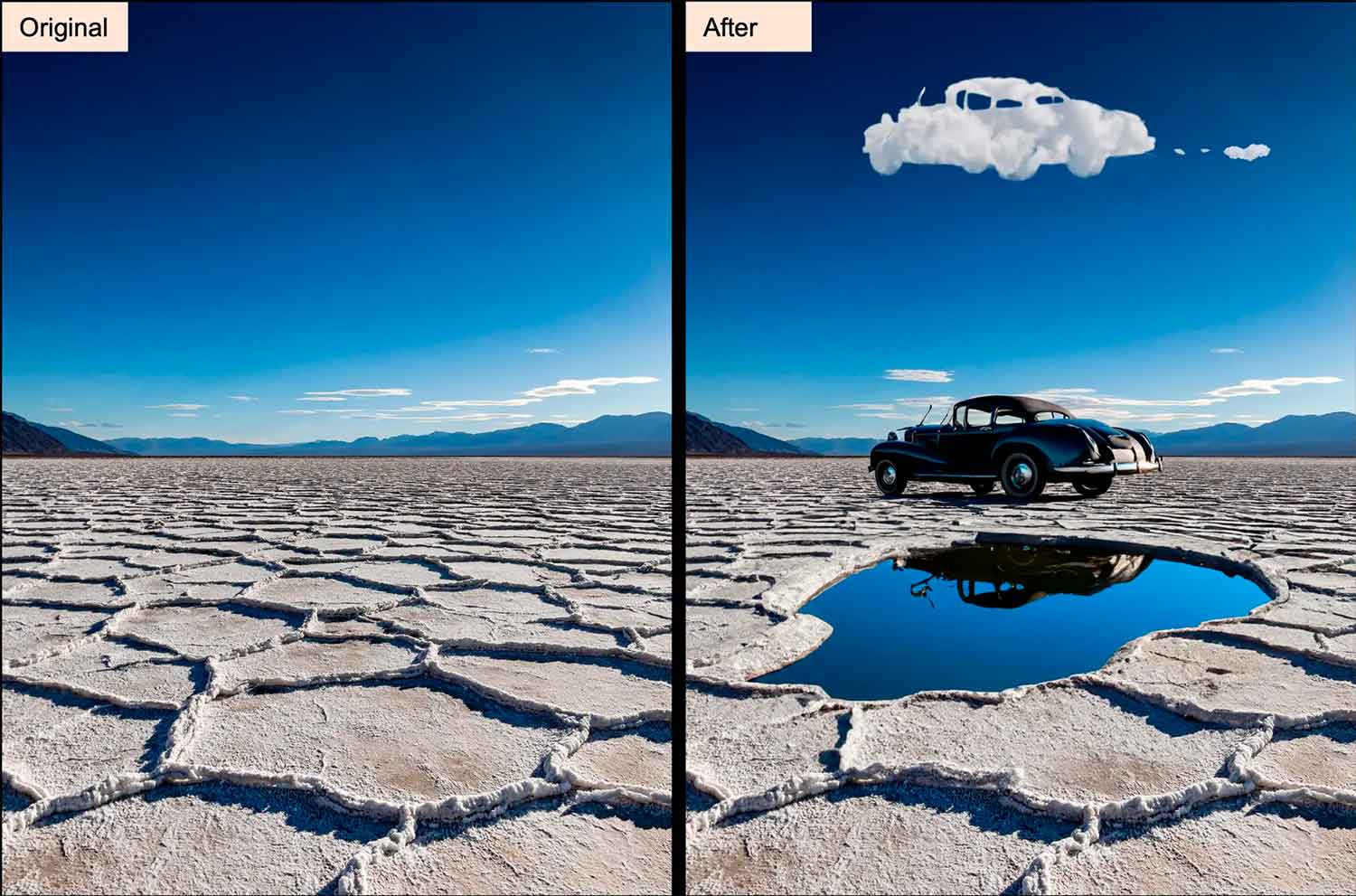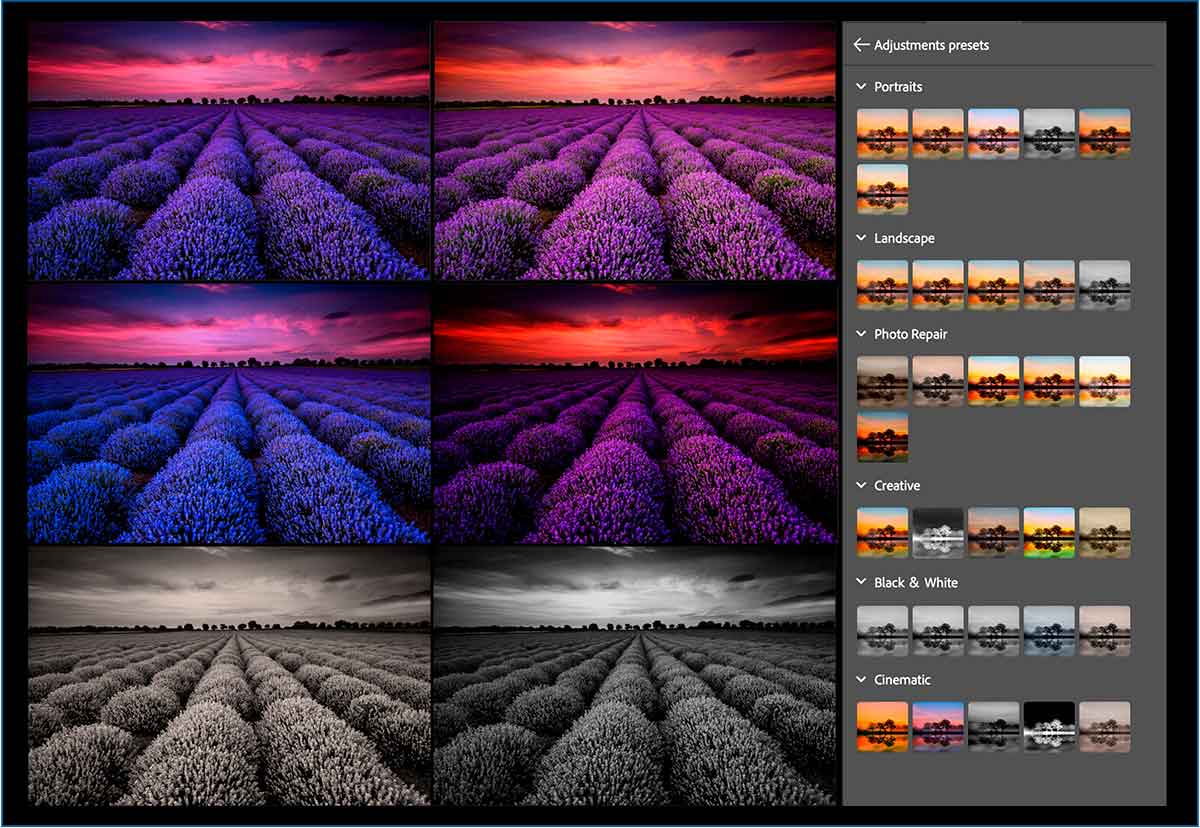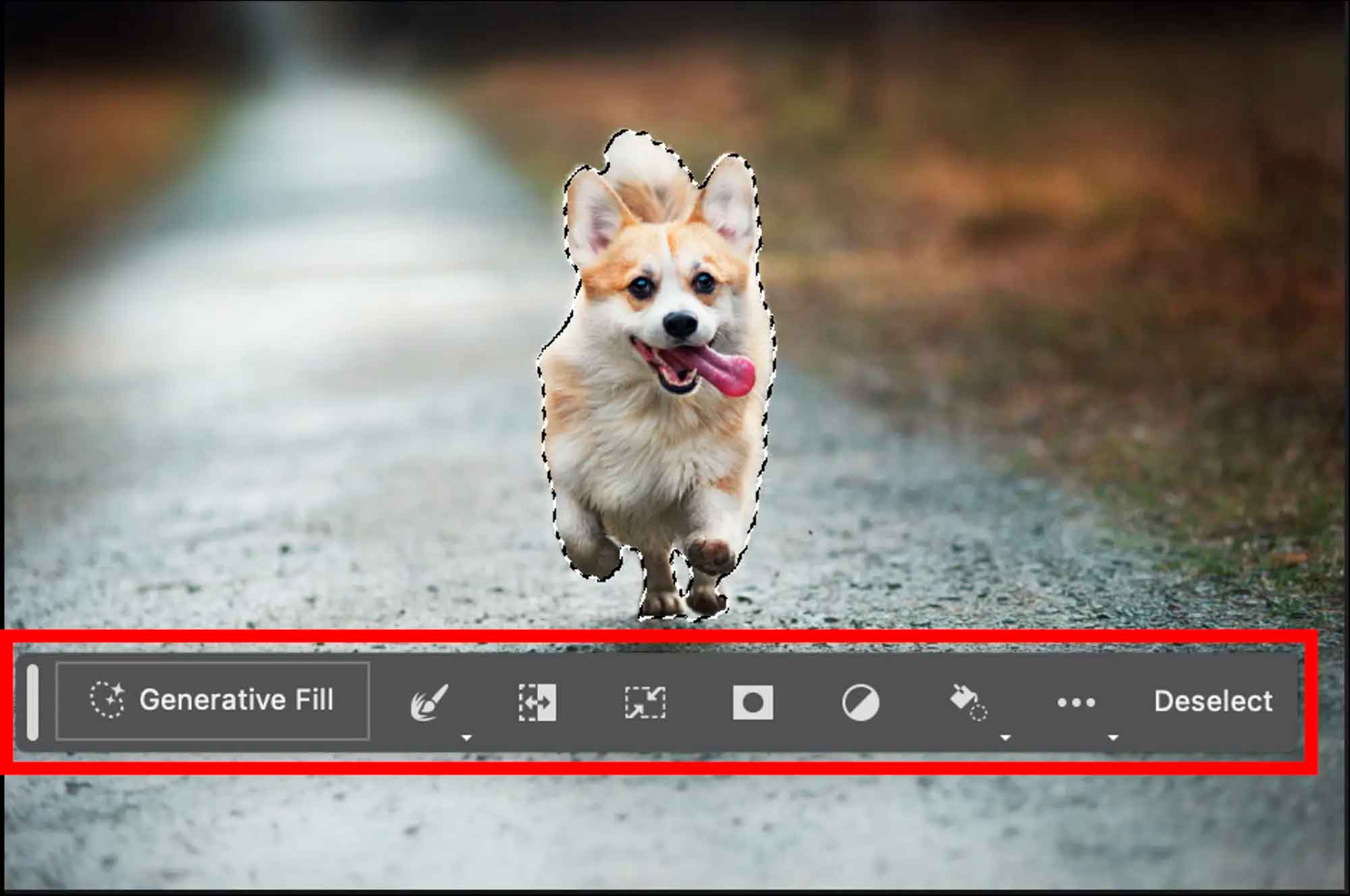
Ever since Adobe started talking about Firefly, many we have been waiting for its implementation in Photoshop. However, as we already told you a little over a month ago, the company preferred that its debut take place with Premiere Pro, another of the company’s reference applications, and with functions that, as I already told you at the time, They seem truly successful, and I am sure that they mark a before and after in the work of editing and post-production of audiovisual content.
Photoshop is, however, Adobe’s main flag, the application that has managed to become the absolute reference in its field, and one of those applications that are well known even by many people who have never used a computer, or who have done so sporadically and for very specific purposes. So if these new generative features have already been a huge leap forward in Premiere Pro, one might expect that its jump into Photoshop would be something of a note as well. And we were not wrong in thinking so.
We’ll see now all the news that are added to Photoshop, but before I start I can’t help but focus on Generative Fill. The rest of the advances are also very interesting and will surely make a difference for the users of this application, but this function in particular seems to me the perfect example of how generative models can be used not as a source of content (of the whatever type it is), but as a tool to complement a previous creation.
Generative Fill
Until now, when talking about generative models of images, we immediately think of a blank canvasa prompt of text with a description and, of course, an image created by the AI. Some call this, not without reason, the democratization of artistic creation, since it is enough that we are capable of imagining something (and of expressing it in language). prompt, of course) to, with its pluses and minuses, obtain it. Now, one question is to what extent this is useful for designers and professional photographers. It is true that they can use these AIs to create drafts, find inspiration, etc., but this is only a small step forward.
Adobe, with Firefly, has completely changed this with Generative Fill, a feature that we can consider to be the evolution (super evolution, to measure it properly) of “Content-Aware Fill”, which was already a great example of the use of artificial intelligence in the context of image creation and editing. And it is that if the intelligent filling function was already capable of generating content based on the context, this new generative fill tool will be able to do it by combining context and prompts, which allows both adding and modifying elements already present in the image, as well as expanding its size. In the two images shown below this paragraph, you can see first an original image and, below it, a complete edition of it, in which its content has been modified and it has been expanded horizontally:
As you can see, the result speaks for itself, and is an excellent example of how generative models can also make a big difference (and with advances like this one they will surely start to do so) for professionals in photography, the design and editing.
Also, in case you were wondering, all fixes and new content are applied on separate layers, so that the creative process is not destructive to the original image. In other words, we will be able to carry out as many tests as we wish and, after the tests, if we wish, we will only have to delete the layers created by Photoshop’s AI to stay with the original.
remove tool
If Generative Fill uses artificial intelligence to modify and add content to images, Remove is the perfect complement, since it allows us to remove elements from them, and replace them based on context, improving what the Content-Aware Fill tool already offers that I mentioned earlier. Thus, Adobe replicates in Photoshop one of the functions most valued by users of Google Photos, Magic Eraser.
These are the ideal scenarios for the use of this new tool, according to Adobe:
- large objects
- An object near other objects
- An object on a mixed focus background
- An object with structure behind it (such as lines, a fence, or the horizon)
presets
A fairly common editing task for Photoshop users is to manage to change the look of an image to fit a certain profile. This, of course, means that the steps to carry out this transformation are part of the daily life of publishing professionals, but on many occasions they require multiple tests, as well as specific corrections to specific parts of the image, a task that can take a lot of time and, as a general rule, can be somewhat tedious.
With the new function of presets, Photoshop provides automatic and intelligent editing of images, with a set of presets that we can apply to them with a simple mouse click. 32 presets included and, to check its appearance, we will only have to pass the mouse pointer over its preview. By choosing any of them, Photoshop will automatically create all the adjustment layers (which we can later edit, if we wish) to obtain the desired result.
What’s new in Photoshop beyond artificial intelligence
In addition to these novelties, closely related to AI, Adobe has also announced two improvements in Photoshop, which will undoubtedly mean a great advance for its users. They are the following:
- Contextual Taskbar: Each workflow is usually associated with the use of certain tools and functions and, in response to this, Photoshop has long allowed the creation of personalized workspaces, which is an improvement over the use of the standard interface. Now, with this new taskbar, this is even better, since its content, as you may have already imagined, automatically adapts to the type of task you are carrying out, to offer you the tools that are most commonly used in that context.
- Gradient enhancement: Anyone who has used Photoshop’s Gradients tool knows that it is very complete… and very unfriendly. Those who have never used it will hardly understand it, but those who do work with it on a regular basis will surely be excited to know that with this deep modification of it, it now offers on-canvas controls and a live preview. If when you read this news there is no football game taking place and you hear someone shout their joy to the four winds, it is probably a designer who has just read this.
Thus, as you can see, the landing of Adobe Firefly in Photoshop marks a before and after in the use of generative artificial intelligence for professionals of design and editing, since it will allow them to focus on the most creative tasks, leaving the most tedious ones to be solved immediately by the AI.
And, by the way, if you are wondering about the reason for the image shown at the beginning of this news item, the one with the orange tulips and the snowy mountains, it is one more example of what Photoshop can do with Generative Fill, in that case from this image:
More information: Adobe









